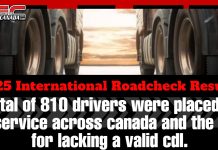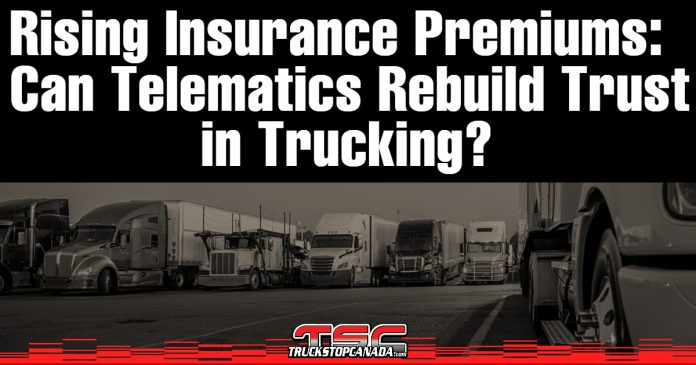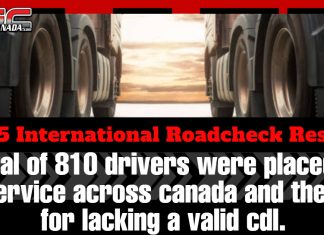In Alberta and across Canada, small trucking companies are sounding the alarm over rising insurance premiums that threaten their survival.
According to Mohit Halkare, head of Mango Insurance, fuel costs and freight volumes are not the main issue—insurance is. While large fleets still benefit from competitive rates, companies operating between one and 50 trucks are often forced into the Facility Association, a pool of last-resort insurers where premiums are significantly higher and transparency is lacking.
As a result, some carriers are already relocating operations to provinces with more flexible frameworks.
One major point of contention is Alberta’s Direct Compensation for Property Damage (DCPD) program. Designed to cover material losses after an accident, it does not apply to crashes in the United States—an everyday reality for many Alberta truckers. Unlike Ontario, where fleets can opt out through the SEF 49 endorsement, Alberta leaves no room for maneuver.
Even in Ontario, however, small fleets frequently end up in the Facility Association, not because they are unsafe, but because insurers see them as higher risks. In a small fleet, a single accident weighs much more heavily than it would in a company with hundreds of trucks.
Adding to the frustration is the paradox between safety data and insurance costs. Transport Canada reports a 20 percent drop in collisions involving trucks from 2012 to 2021, even as the heavy-duty fleet grew by 24 percent. This suggests accident rates per vehicle are declining. Yet premiums continue to rise. The explanation lies in the soaring costs of accidents: repairing modern trucks, replacing expensive cargo, and covering liability claims tied to serious injuries or fatalities. The influence of record-breaking settlements in the U.S. also extends into the Canadian market, tightening conditions further for small fleets.
Faced with these pressures, insurers are looking for new ways to evaluate risk, and telematics is emerging as a potential solution. By tracking factors such as speed, braking, and defensive driving, telematics allows insurers to assess risk based on real performance rather than generic fleet size or cargo type. For small operators, this could mean a fairer playing field, where good driving habits translate into lower premiums and more stability. The same technology could also enhance roadside enforcement by giving authorities a clearer, real-time picture of fleet compliance and safety records.
Still, the road to implementation is far from simple. Privacy concerns, data-sharing rules, system compatibility, and industry trust are all major hurdles. Without clear safeguards, many fear telematics could become more punitive than supportive. A pilot project with strict regulations, transparency, and consent would likely be necessary before broad adoption. For now, small fleets continue to face disproportionate challenges, but telematics represents a possible path toward restoring balance in a market that desperately needs reform.















